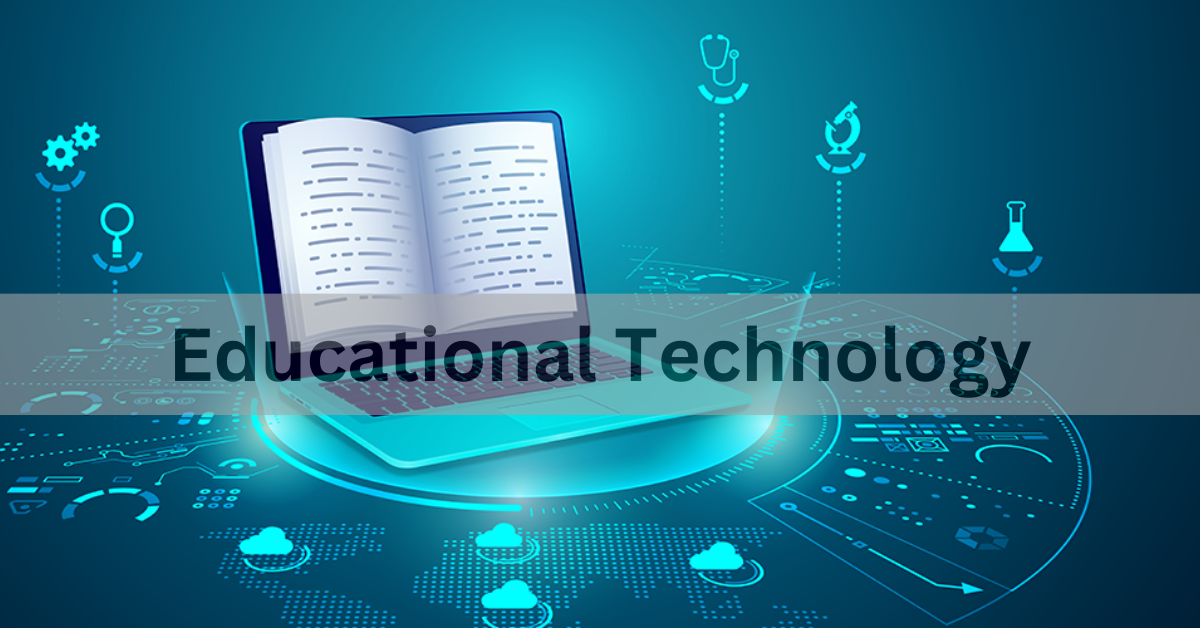Introduction to Educational Technology
Educational technology, often abbreviated as EdTech, encompasses the use of technology to enhance teaching, learning, and educational outcomes. This article explores the impact of educational technology, innovative tools and applications, benefits for educators and students, and future trends shaping the field.
Importance and Benefits of Educational Technology
1. Enhanced Learning Experiences
Educational technology enhances traditional teaching methods by incorporating multimedia resources, interactive simulations, and virtual learning environments. Students can engage with course materials dynamically, fostering deeper understanding and retention.
2. Accessibility and Flexibility
EdTech promotes accessibility to education by overcoming geographical barriers and providing flexible learning opportunities. Online courses, digital resources, and mobile applications enable students to learn at their own pace and convenience.
3. Personalized Learning
Adaptive learning platforms and data-driven insights enable personalized learning experiences tailored to individual student needs and learning styles. Educators can customize content, assessments, and feedback to optimize student engagement and academic performance.
Innovative Educational Technologies
1. Learning Management Systems (LMS)
LMS platforms facilitate course administration, content delivery, and student interaction in virtual classrooms. Features include course scheduling, gradebooks, discussion forums, and multimedia integration to support blended learning models.
2. Virtual Reality (VR) and Augmented Reality (AR)
VR and AR technologies create immersive learning experiences by simulating real-world scenarios, historical events, and scientific concepts. Students can explore complex subjects interactively, enhancing critical thinking and problem-solving skills.
3. Artificial Intelligence (AI) in Education
AI-powered tools automate administrative tasks, provide personalized learning recommendations, and analyze student data to identify learning gaps and predict academic outcomes. AI tutors and chatbots offer real-time support and feedback to students.
Future Trends in Educational Technology
1. Gamification and Interactive Learning
Gamification integrates game elements such as points, badges, and leaderboards into educational activities to motivate students and promote active participation. Interactive learning tools engage students through quizzes, simulations, and collaborative projects.
2. Blockchain for Credentials and Certifications
Blockchain technology ensures secure verification and issuance of digital credentials, certificates, and academic transcripts, enhancing transparency and authenticity in credentialing processes globally.
Conclusion
Educational technology continues to redefine the landscape of education by fostering innovation, enhancing learning experiences, and preparing students for future challenges. By leveraging EdTech tools and applications, educators can create dynamic learning environments that empower students to thrive in the digital era.
Whether you’re an educator exploring new teaching strategies or a student embracing digital learning resources, understanding the impact and potential of educational technology is essential for navigating the evolving landscape of 21st-century education.


